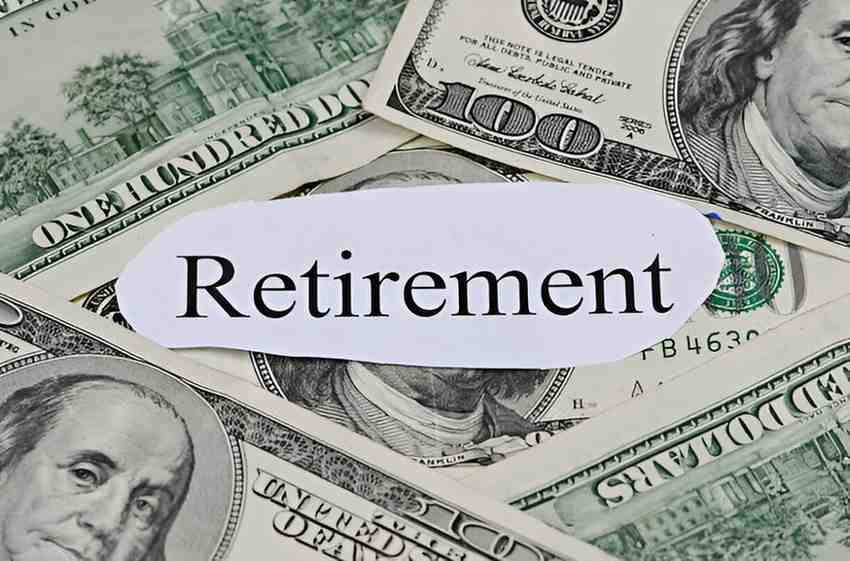Planning for retirement feels abstract when you’re in your 20s or early 30s. But if you ask me, the earlier you start, the better you sleep later. I’ve chosen to put my long-term retirement savings into a 2060 target retirement mutual fund, and I’ll explain why it works for me—and maybe for you too.
Table of Contents
What Is a 2060 Target Retirement Mutual Fund?
A 2060 target retirement mutual fund is designed for people like me who plan to retire around the year 2060. These funds automatically adjust their investment mix over time. When I’m young, the fund leans heavily into growth—mostly stocks. As I age, it slowly shifts toward more conservative investments like bonds and cash equivalents.
That shift is known as the glide path, and it’s built into the fund’s design. I don’t have to manage it. I just invest and let it ride.
The Glide Path: How the Fund Changes Over Time
Each provider defines its glide path differently, but the idea is the same—more risk early, more stability later. Here’s a simplified version based on several leading funds:
| Year | Stocks | Bonds | Short-Term Assets |
|---|---|---|---|
| 2025 | 90% | 9% | 1% |
| 2040 | 80% | 18% | 2% |
| 2060 | 60% | 35% | 5% |
| 2080 | 30% | 60% | 10% |
So when I’m 25, most of my money is in stocks. By 2060, that exposure will drop, protecting my capital as I near retirement.
What Does a 2060 Fund Invest In?
Most 2060 mutual funds are funds of funds. They hold a diversified mix of underlying mutual funds or ETFs. That gives me access to:
- U.S. large-cap stocks
- U.S. mid- and small-cap stocks
- International developed markets
- Emerging markets
- U.S. government and corporate bonds
- Inflation-protected securities (TIPS)
- Money market assets
The exact mix depends on the fund provider. I checked several before I chose mine.
Top 2060 Retirement Mutual Funds
These are some of the most widely used and best-performing 2060 funds available in the U.S.:
| Fund Name | Ticker | Expense Ratio | Management Style | Provider |
|---|---|---|---|---|
| Vanguard Target Retirement 2060 Fund | VTTSX | 0.08% | Index-based | Vanguard |
| Fidelity Freedom 2060 Fund | FDKVX | 0.75% | Actively managed | Fidelity |
| Schwab Target 2060 Index Fund | SWYNX | 0.08% | Index-based | Charles Schwab |
| T. Rowe Price Retirement 2060 Fund | TRRLX | 0.70% | Actively managed | T. Rowe Price |
| BlackRock LifePath Index 2060 Fund | LIZKX | 0.14% | Index-based | BlackRock |
I chose VTTSX because of its low expense ratio and global diversification.
Example: How My Money Might Grow in a 2060 Fund
Let’s say I invest $5,000 a year for the next 35 years, starting at age 30. Assuming a 7% average annual return, here’s the calculation for the future value.
FV = P \times \frac{(1 + r)^t - 1}{r}Where:
P = 5{,}000 r = 0.07 t = 35 FV = 5{,}000 \times \frac{(1 + 0.07)^{35} - 1}{0.07} = 5{,}000 \times 132.036 = 660{,}180That’s over $660,000 from investing just $5,000 a year—thanks to compounding.
Index vs Actively Managed Target Funds
I had to choose between low-cost index funds and actively managed ones. Here’s what I found:
| Feature | Index Fund (e.g., VTTSX) | Active Fund (e.g., TRRLX) |
|---|---|---|
| Fees | Low (0.08%) | Higher (0.70%+) |
| Transparency | High | Moderate |
| Risk | Market-linked | Manager-dependent |
| Tax Efficiency | Better | Variable |
I didn’t want to bet on a manager’s skill, so I picked the index-based route.
Should You Put It in a Roth IRA or 401(k)?
I hold my 2060 target fund in both. In my Roth IRA, I love the tax-free growth. In my 401(k), it simplifies everything. I don’t need to rebalance, because the fund does it for me.
I avoid holding this kind of fund in taxable accounts. Here’s why:
- They generate capital gains from rebalancing.
- They throw off taxable income from bond holdings.
Pros and Cons From My Experience
Pros
- Automatic asset allocation—no guesswork on my part
- Rebalancing built-in—it handles risk exposure
- Low stress—I don’t spend time timing the market
- Strong diversification—spreads across the globe and asset classes
- Works in most retirement accounts—IRA, Roth, 401(k)
Cons
- Glide paths differ by provider, so I had to research
- Not customizable beyond the fund’s default path
- Redundancy risk if I also own similar index funds elsewhere
- Actively managed versions can be expensive
Another Scenario: $200/Month Into a 2060 Fund
If I start at age 25 and invest $200/month for 40 years, and earn an 8% return:
FV = P \times \frac{(1 + r)^t - 1}{r}
P = 2{,}400
r = 0.08, t = 40
That’s over $620,000 in retirement funds, built one month at a time.
What I Watch for Going Forward
Even though I love the simplicity, I don’t go completely hands-off. Every few years, I check:
- The expense ratio
- The asset allocation
- Whether I’m overweighted in similar funds elsewhere
- How my retirement timeline is shaping up
And if something major changes—like tax law or my job situation—I reassess.
Final Thoughts
A 2060 target retirement mutual fund makes long-term investing simple. It works with my timeline, it handles risk adjustments, and it frees up my attention for other parts of life. I don’t try to outguess the market or switch strategies every year.





